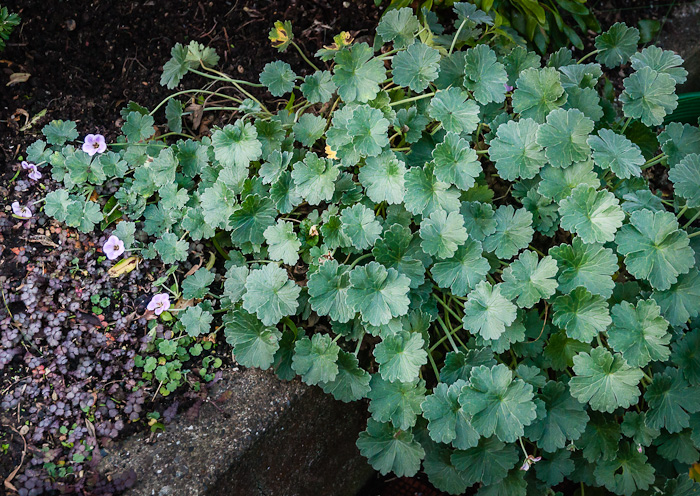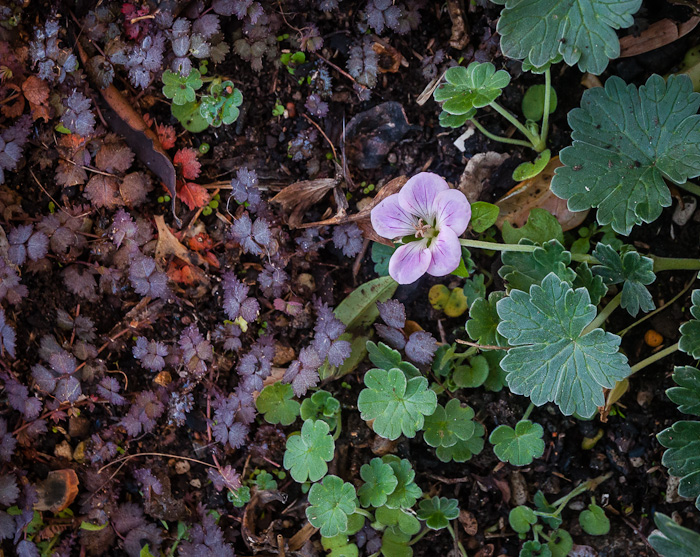A calm and sunny Sunday (with a forecast of a stormy week to come), meant I enjoyed being outside tending my rather neglected plants - not intentional neglect I hasten to add, and they are chosen to fit the circumstances. In other words, they are survivors.
We have been having a mild and warmer than average winter and the unwanted plants ("weeds") in my garden have been growing very well indeed with the happy mix - for them - of warmth and plenty of rain. Recent reports from the US National Oceanic and Atmospheric Administration are yet another climate wake-up call - "May 2014 marked the 39th consecutive May and the 351st consecutive month (more than 29 years) with a global temperature above the 20th Century average ... the last below-average global temperature for May occurred in 1976 and the last below-average temperature for any month occurred in February 1985.” In May the average temperatures across the oceans reached a record monthly high of 0.59C above the 20th Century average of 16.3C. Even more troubling than the surface warming of the ocean is the documented warming of the deep ocean. Rises in atmospheric and ocean temperatures that look small actually have very big repercussions. So if we humans keep doing what we have been doing up till now...well, profuse weed growth isn't going to be the issue.
But the weeding got me to thinking about another issue too - the fine line between plants being useful, in this case as ground covers, and becoming invasive, taking over the territory. The plant in question is the pretty Chatham Island geranium - Geranium traversii.

I'm not sure where it came from, maybe it stowed away on the pot of another native plant. It just turned up, establishing itself in minimal soil over a tangle of old roots - in its natural habitat it grows on cliffs, rocky crevices, compacted sand - a real survivor. It grew densely, sheltering the soil surface from drying and leaf litter from being blown away - conditions for soil to improve and new plants to get established. Enter a small cutting of purple bidibid or piripiri - Acaena inermis 'Purpurea.'

The geranium has been cut back many times, it's a big thicket of a plant growing down onto a path. The bidibid is gradually forming a mat. But what are those green plants doing amidst the purple?

Seedlings of Geranium traversii! Lots and lots of them with the characteristic lobed leaves, though not yet as silver-haired as the older leaves on the mother plant. When the books say Geranium traversii self-seeds readily, they are not kidding. A very long flowering season helps the seed production - the flowers persist now, in mid-winter. I do enjoy the silvery-green or grey-green leaves, and it holds its own against the conditions - wind, wet or dry. But I also enjoy the tiny feathery purple and silver-purple leaflets of the bidibid. Its rhizomatous roots spread and it can form a vigorous mat - but the roots of the geranium seedlings are penetrating this. If I let the seedlings grow, I would have a dense mat of geranium and nothing else would get through. They don't naturally occur together at all, but I think they look great together. So in order to have this pleasure, some delicate weeding is required. Anyone want Geranium traversii seedlings?